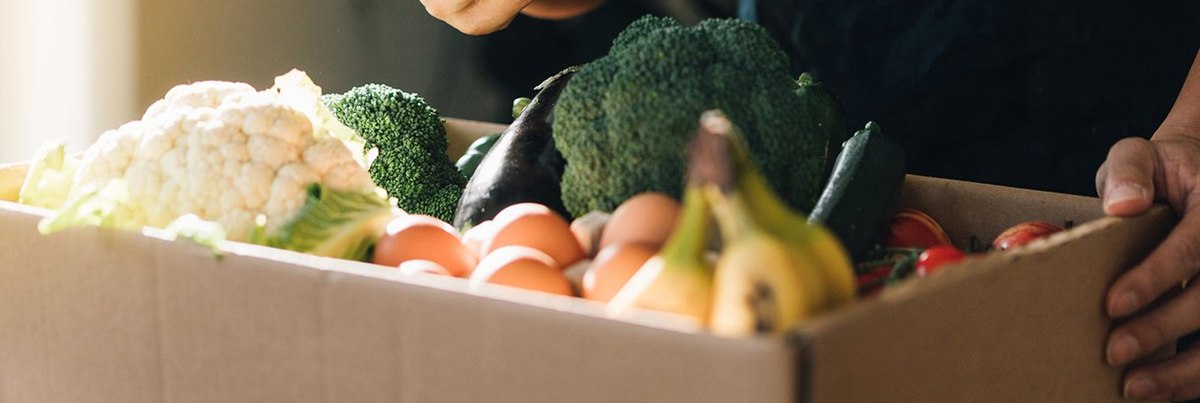
Global: The pandemic has changed the types of food consumers are buying
Food shopping behaviors around the world have undergone significant changes since the outbreak of COVID-19 in 2019. With uncertainty around how long lockdowns would last, many consumers flocked to grocery stores and markets to stock up on food and drinks early in the pandemic. There were also dramatic shifts in the types of food people purchased and many around the world say they increased their consumption of fresh fruit/vegetables, dairy items, and junk food.
In a recent global report, YouGov investigated the changes in consumers’ food shopping and consumption patterns in 17 countries around the world. YouGov’s International FMCG/CPG Report 2021 highlights the major food shopping trends this year, quantifying the shift to online transactions, and laying bare the pandemic’s impact on grocery shopping routines. The paper also explores pandemic-related changes in food, alcohol and cosmetic purchases and uncovers consumer attitudes both to shopping locally and shopping sustainably in a post-COVID-19 world.
A look at four food spending categories – fresh fruit/vegetables, dairy items, chilled ready meals, and junk food – reveals shares of people in key markets around the globe increased their consumption in each of these categories.
Changes in the consumption of fruits, vegetables and dairy items
While the stockpiling of food and supplies came as result of consumer fear and uncertainty in the early months of the pandemic, lockdowns and dining restrictions also led many people to discover (or rediscover) a passion for cooking at home. Significant numbers of grocery shoppers in places such as Australia, France, Germany, Mexico, Singapore, the UK and US have increased their consumption of fresh fruits/vegetables and dairy items since the pandemic began.
The rise in demand for fruits and vegetables is especially apparent in Mexico and Singapore, where roughly half of all grocery shoppers said they increased consumption of items in this category. Dairy items also became significantly more popular in Singapore and Mexico over the last year.
Snacking soared amid the pandemic – but some parts of the world resisted junk food
Many consumers have reported turning to snacking more regularly during the pandemic and our data on junk food describes exactly how widespread this phenomenon is. Snacking consumption increased in places such as Australia, France, the UK, and US, at nearly the level of increased demand for fresh fruit and vegetables.
But that doesn’t tell the whole story; in each country, a proportion of people faced up to the pandemic by eating less junk food. This is especially true of Mexico, where some states have approved bans on junk food sales to minors, and YouGov research shows that Mexican grocery shoppers were more likely to say they decreased their consumption of junk food than the share who say consumption increased in this category (36% vs. 26%). And among grocery shoppers in France, the UK, the US, Australia, and Germany, approximately 15%-18% of say they ate less junk food during the pandemic.
Download YouGov’s International FMCG/CPG Report 2021: Consumer goods in a crisis
Receive monthly topical insights about the FMCG industry, straight to your inbox. Sign up today.
Discover more FMCG content here.
Methodology: The data is based on the interviews of adults aged 18+ across 17 markets. All interviews were conducted online in December 2020. Data from each market uses a nationally representative sample apart from Mexico and India, which use urban representative samples, and Indonesia and Hong Kong, which use online representative samples.